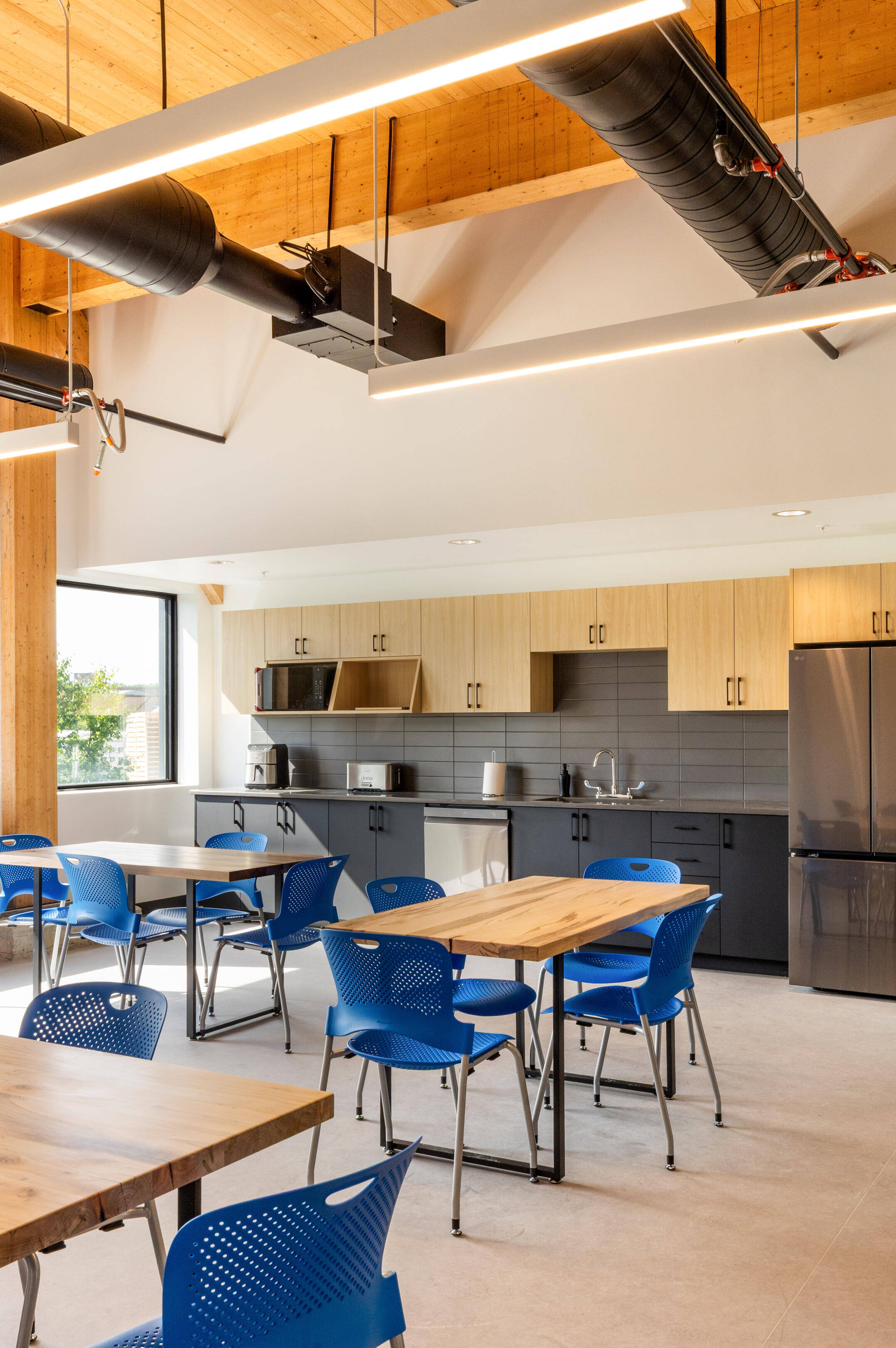Two new industrial developments are demonstrating that mass timber is more than just a sustainable choice, it’s also a smart financial investment. Bloomington Developments, working with Danielson Architecture Office, has successfully delivered two landmark projects in Greater Sudbury: Cambrian Heights and Herold Industrial Park. Together, these projects highlight how mass timber can deliver competitive costs, faster timelines, and higher rental returns.

FEATURE
From Structure
to Strategy –
Mass Timber Warehouses Show the Numbers Add Up
Scroll to Read
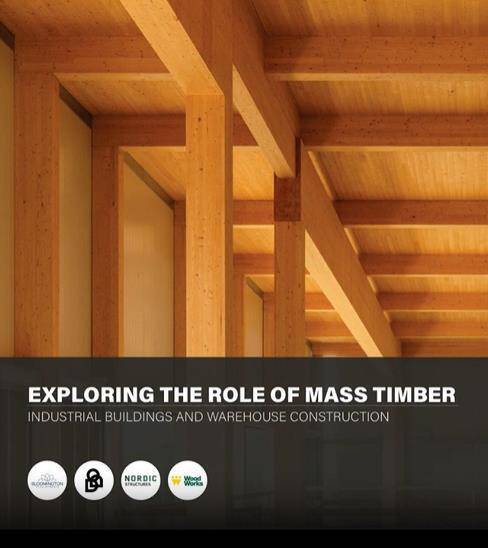

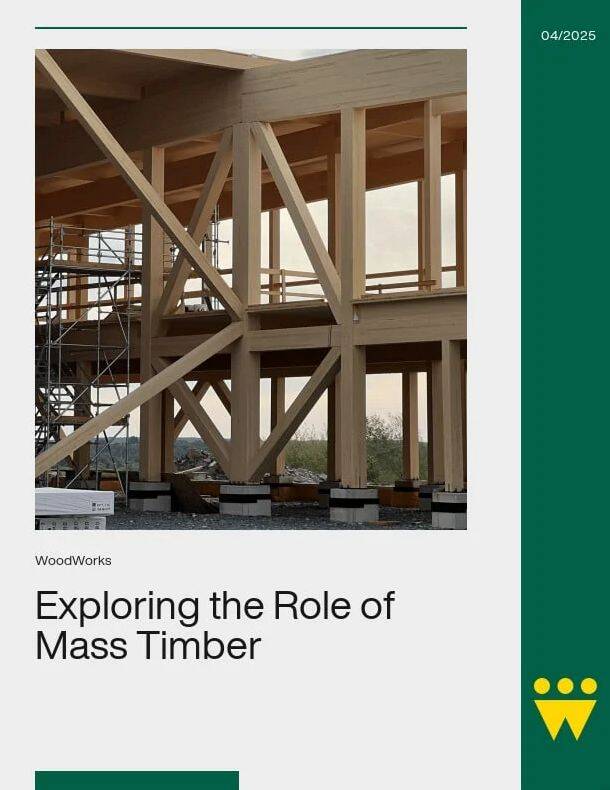
for an optimized,
differentiated product
naturally:wood Guide
WoodWorks Case Study


Associated Resources:
The Business Case for Mass Timber
Both projects underscore a key financial reality: tenants value buildings that combine sustainability with adaptable design and aesthetic appeal, and they are willing to pay more for these spaces. Beyond the rental premiums, Bloomington also benefited from reduced insurance costs, simplified construction coordination, and quicker delivery schedules.
Cambrian Heights and Herold Industrial Park prove that mass timber is cost-competitive with steel while also providing long-term financial upside. For developers, that means reduced risk and higher returns. For tenants, it means modern, flexible, and environmentally responsible workspaces.
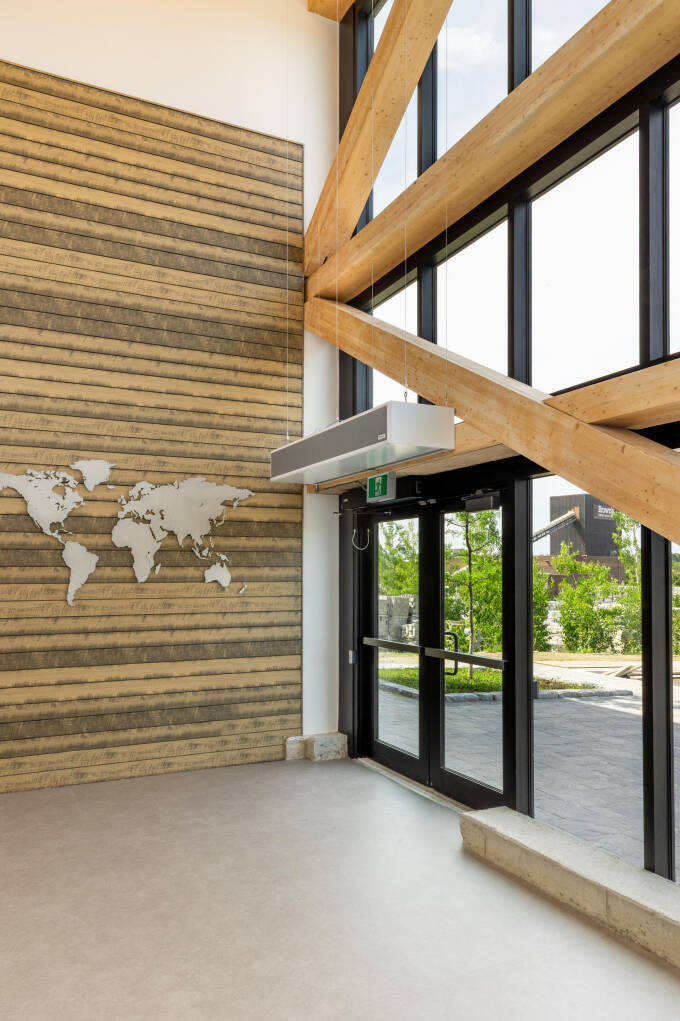
Herold Industrial Park: Attracting Long-Term Tenants
Following Cambrian Heights, Bloomington launched its next mass timber project, Herold Industrial Park. At 24,520 square feet, it is smaller in scale, but the returns remain well above market averages. The superstructure cost was $1.28 million and was installed in only five weeks, underscoring the efficiency of prefabricated timber systems.
The project quickly secured a tenant whose values aligned with the building’s sustainable design. The tenant signed a 10-year lease—twice the length of a typical industrial contract—at $20 per square foot. That rate is 11% above Sudbury’s baseline, realizing and additional $49,040 in annual revenue.
Looking Ahead
With these successes, Bloomington Developments is already planning a third mass timber industrial building. As interest in sustainable construction grows, Sudbury is showing the rest of Canada how mass timber is both a lower-carbon solution and a profitable investment strategy.
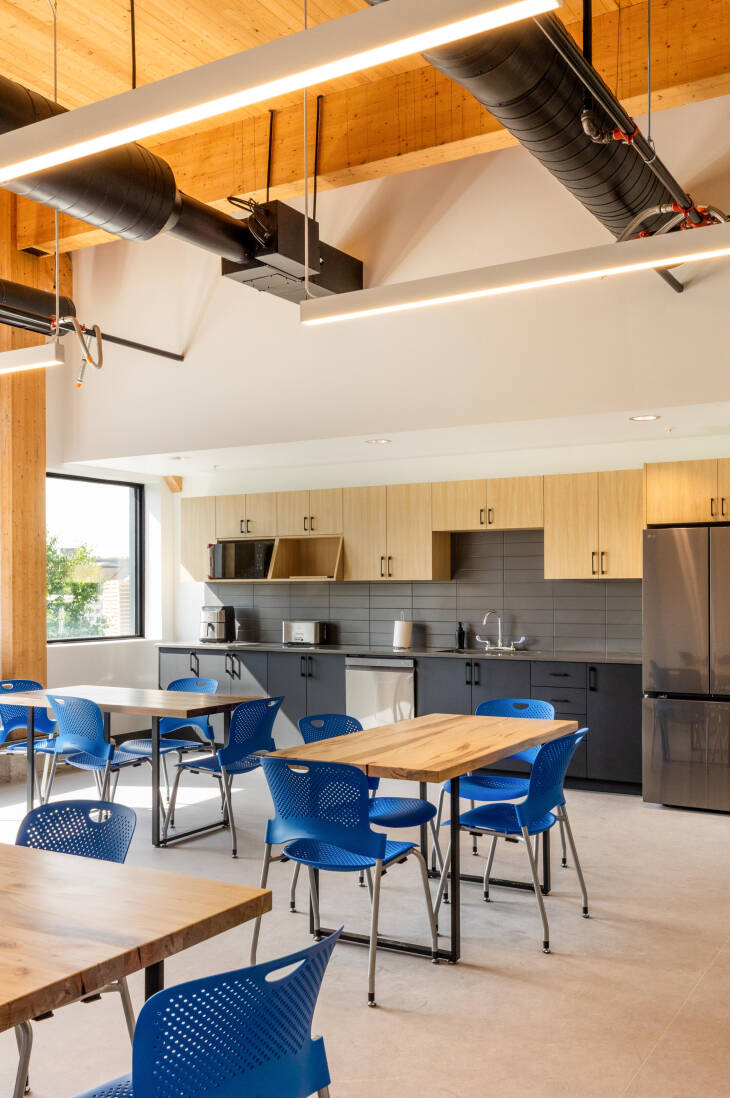
Cambrian Heights: From Steel Costs to Timber Gains
Originally designed as a steel building, Cambrian Heights shifted to mass timber when pandemic-driven price spikes made steel nearly triple in cost. The pivot proved advantageous. The 46,479-square-foot building (4,318 square-meter) was completed with a timber superstructure for $2.41 million, installed in just eight weeks.
What makes Cambrian Heights stand out financially is its rental performance. While average industrial rents in the Sudbury market range from $15–$19 per square foot, Cambrian Heights is projected to achieve $22 per square foot, about 22% higher than comparable properties. That premium translates to an additional $185,912 in annual rental income.
Two new industrial developments are demonstrating that mass timber is more than just a sustainable choice, it’s also a smart financial investment. Bloomington Developments, working with Danielson Architecture Office, has successfully delivered two landmark projects in Greater Sudbury: Cambrian Heights and Herold Industrial Park. Together, these projects highlight how mass timber can deliver competitive costs, faster timelines, and higher rental returns.

FEATURE
From Structure
to Strategy –
Mass Timber Warehouses Show the Numbers Add Up

Associated Resources:
for an optimized,
differentiated product
naturally:wood Guide
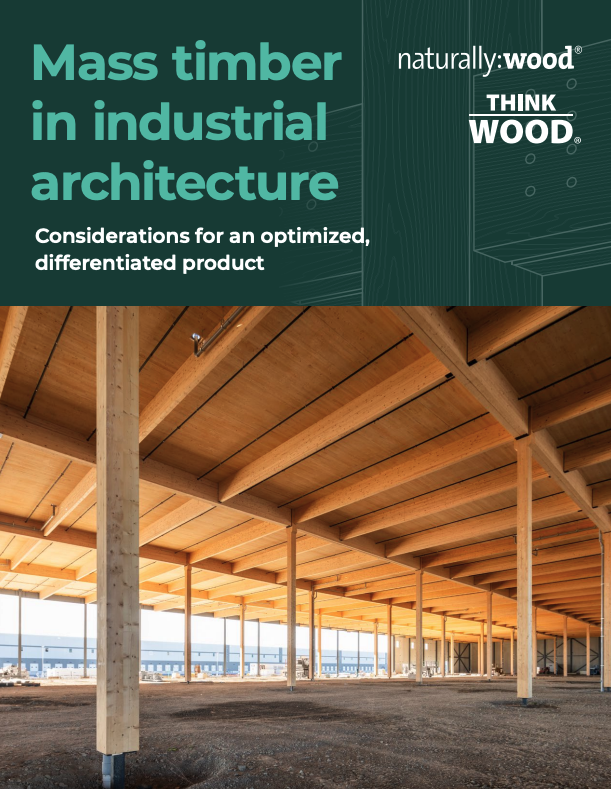
WoodWorks Case Study
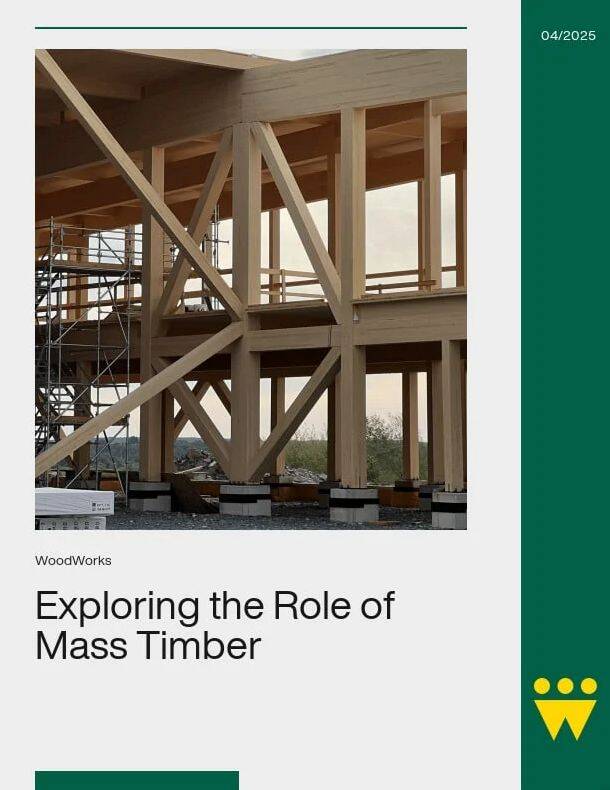
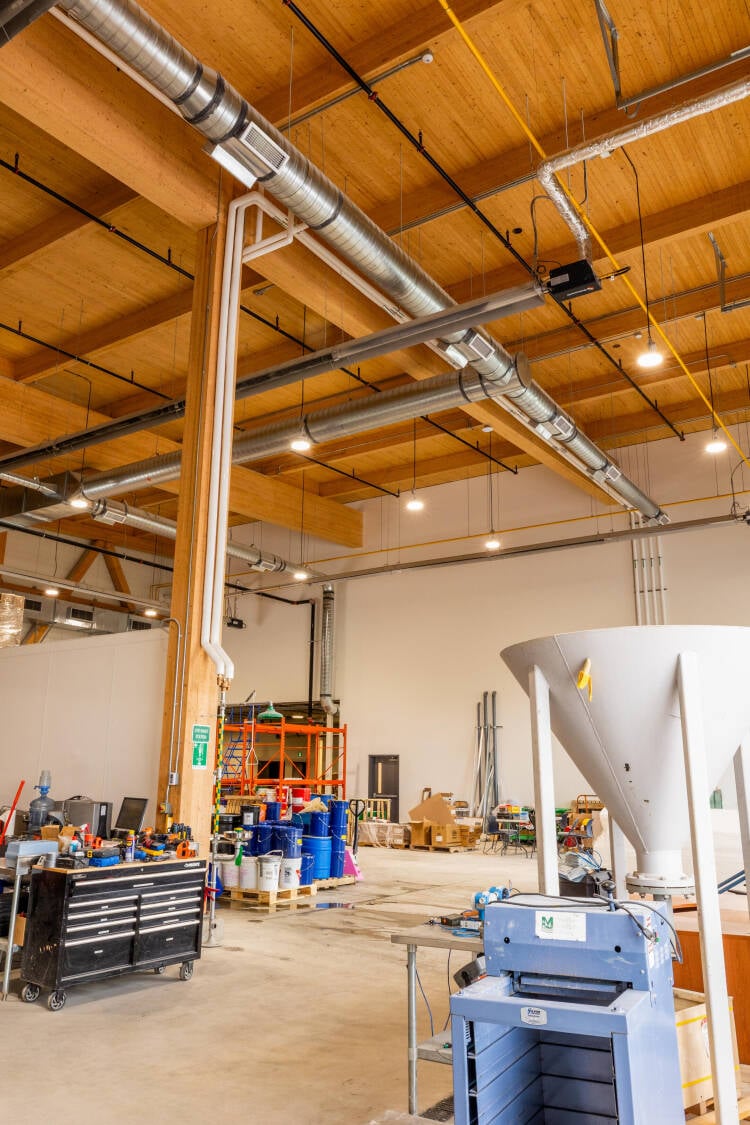
The Business Case for Mass Timber
Both projects underscore a key financial reality: tenants value buildings that combine sustainability with adaptable design and aesthetic appeal, and they are willing to pay more for these spaces. Beyond the rental premiums, Bloomington also benefited from reduced insurance costs, simplified construction coordination, and quicker delivery schedules.
Cambrian Heights and Herold Industrial Park prove that mass timber is cost-competitive with steel while also providing long-term financial upside. For developers, that means reduced risk and higher returns. For tenants, it means modern, flexible, and environmentally responsible workspaces.
Herold Industrial Park: Attracting Long-Term Tenants
Following Cambrian Heights, Bloomington launched its next mass timber project, Herold Industrial Park. At 24,520 square feet, it is smaller in scale, but the returns remain well above market averages. The superstructure cost was $1.28 million and was installed in only five weeks, underscoring the efficiency of prefabricated timber systems.
The project quickly secured a tenant whose values aligned with the building’s sustainable design. The tenant signed a 10-year lease—twice the length of a typical industrial contract—at $20 per square foot. That rate is 11% above Sudbury’s baseline, realizing and additional $49,040 in annual revenue.
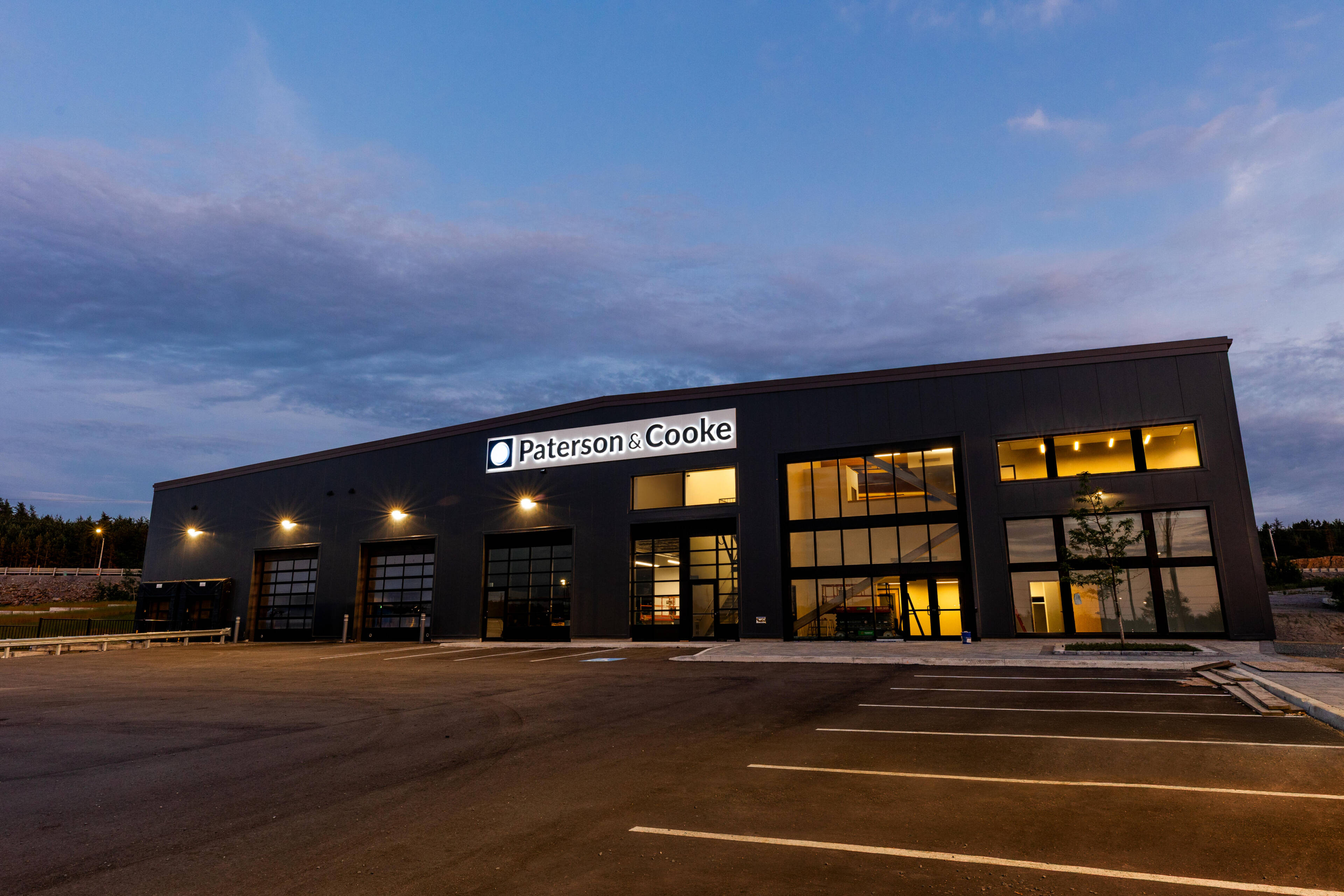
Cambrian Heights: From Steel Costs to Timber Gains
Originally designed as a steel building, Cambrian Heights shifted to mass timber when pandemic-driven price spikes made steel nearly triple in cost. The pivot proved advantageous. The 46,479-square-foot building (4,318 square-meter) was completed with a timber superstructure for $2.41 million, installed in just eight weeks.
What makes Cambrian Heights stand out financially is its rental performance. While average industrial rents in the Sudbury market range from $15–$19 per square foot, Cambrian Heights is projected to achieve $22 per square foot, about 22% higher than comparable properties. That premium translates to an additional $185,912 in annual rental income.
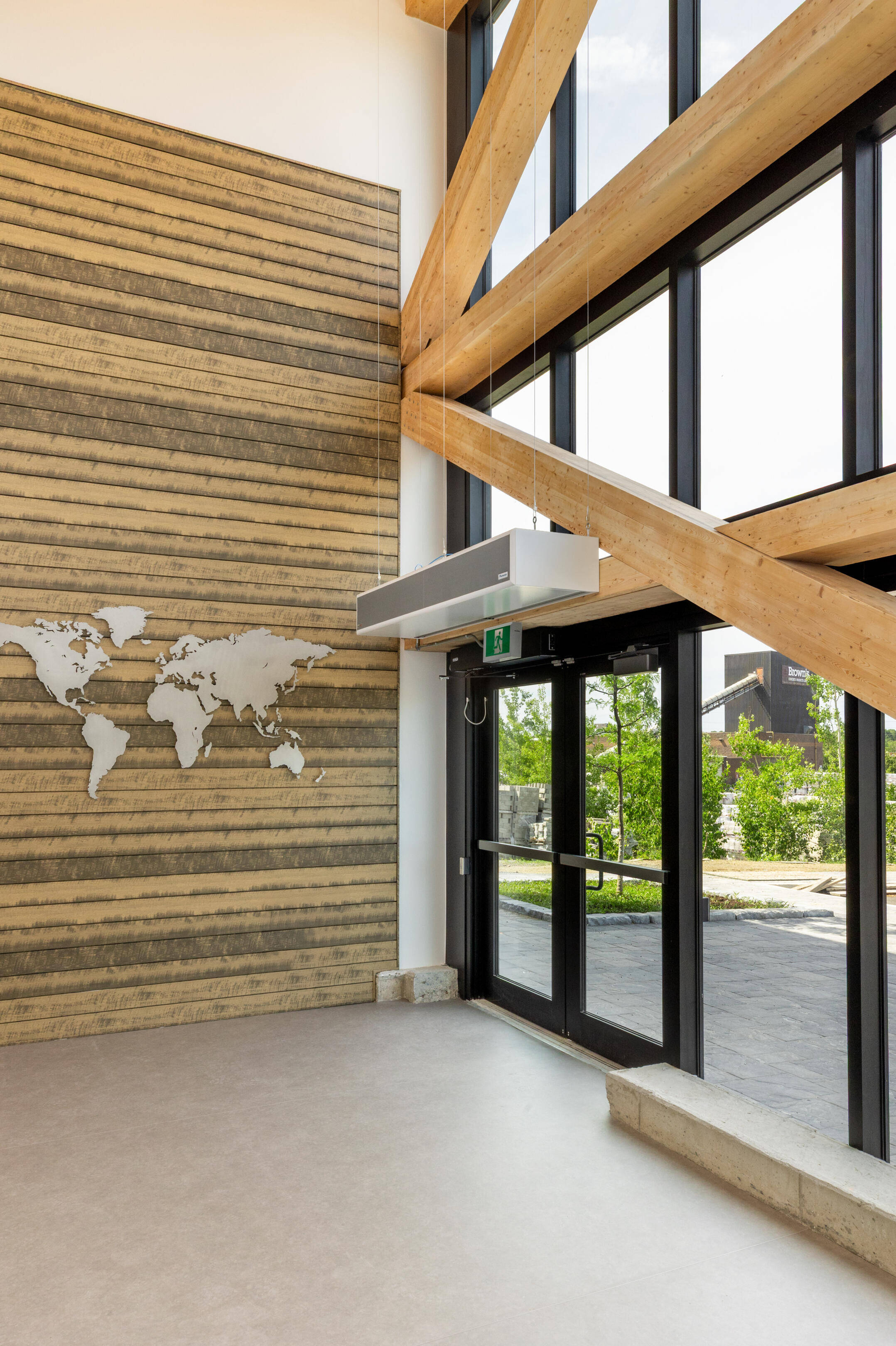
Looking Ahead
With these successes, Bloomington Developments is already planning a third mass timber industrial building. As interest in sustainable construction grows, Sudbury is showing the rest of Canada how mass timber is both a lower-carbon solution and a profitable investment strategy.
